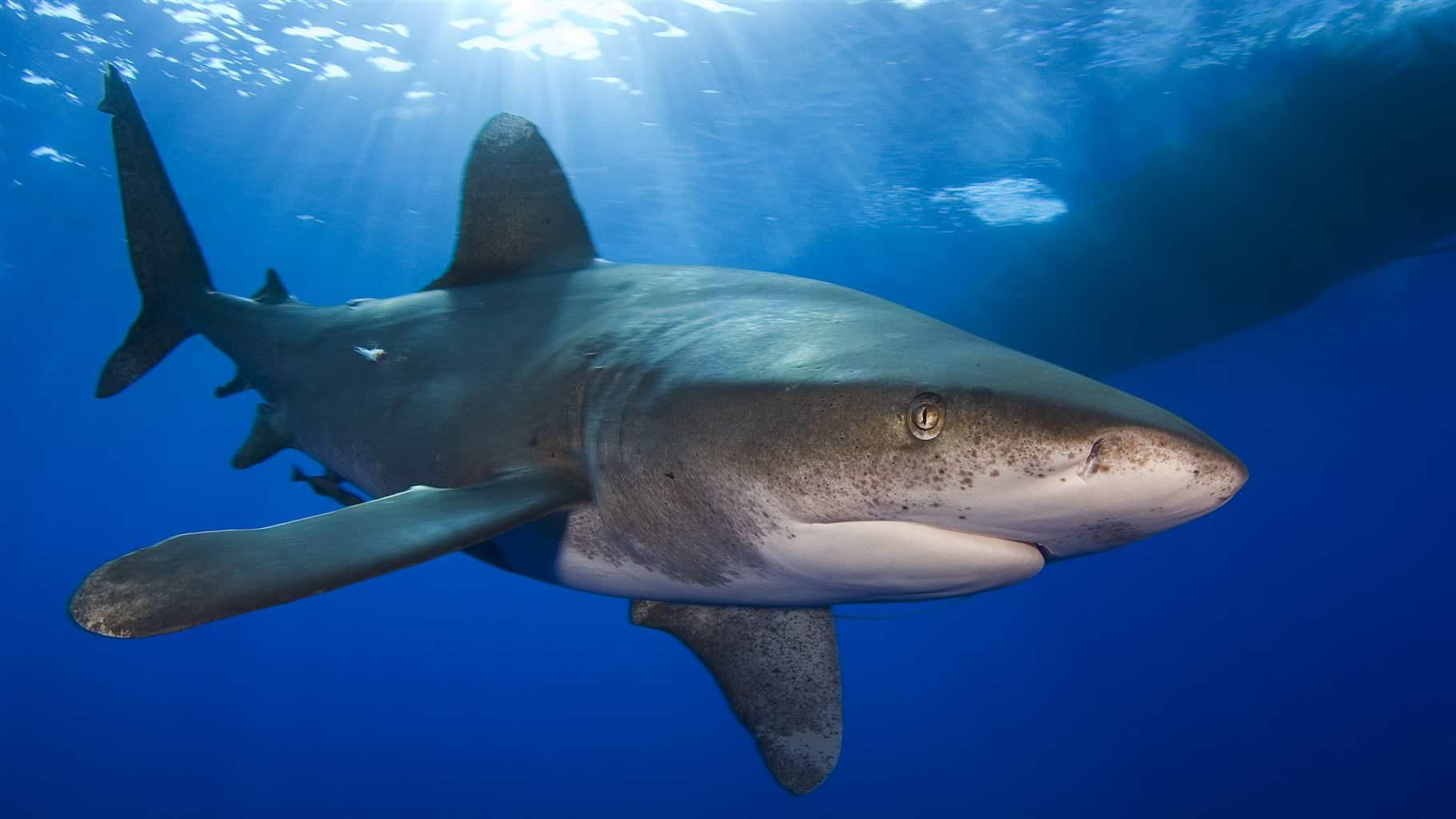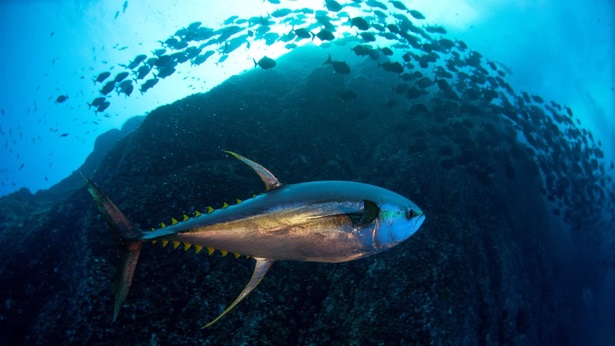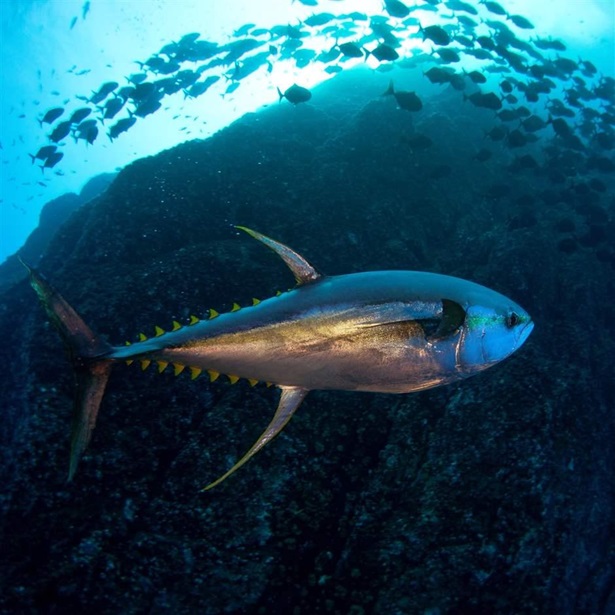Tuna Managers Must Address Management Loopholes at Joint Bycatch Meeting
Tightening rules on bycatch could improve outlook for sharks, billfishes and other non-target species

The five regional fisheries management organizations (RFMOs) that focus on tuna management around the world are legally bound to ensure that the valuable stocks they oversee remain at sustainable levels. This mandate also applies to bycatch—or species caught incidentally while targeting tuna. These five RFMOs have a rare joint meeting scheduled for 16-18 December in Porto, Portugal, focused on bycatch, and it’s critical that they use the meeting to recommit to this oft-overlooked responsibility.
Bycatch includes well-known protected species—such as albatrosses, loggerhead turtles and porpoises—that must be released without harm, as well as other non-target fish species. Fishers keep and sell some of those fish for their substantial monetary value, a practice that often severely depletes populations and significantly compromises conservation efforts. The billfishes (marlins and sailfish) and sharks fall into this category, and the tuna RFMOs have struggled to manage them in a way that prevents their populations from declining to alarmingly low levels.
As a result of this lack of sufficient management, the scientists who formally conduct stock assessments for the tuna RFMOs have concluded that several populations of billfishes and sharks caught in association with tuna fisheries are either overfished (unsustainably small) or experiencing overfishing (exposed to fishing pressure that is unsustainably high).
The Pew Charitable Trusts collated the latest stock assessments from across the Atlantic, Pacific, Indian and Southern oceans for billfishes and sharks, where they are available, and found this pattern across the globe and across a variety of species. Of note:
- At least one population each of sailfish, blue marlin, white marlin and striped marlin is either overfished or experiencing overfishing. For some species, such as blue marlin in the Atlantic Ocean, scientists have known about the worrisome status for nearly three decades. Populations of other species, including striped marlin in the north Pacific Ocean, have been depleted to just a few percent of their original size.
- The situation is even more dire for some species of sharks. At least one population each of shortfin mako, oceanic whitetip, porbeagle and silky sharks is either overfished or experiencing overfishing. Vulnerability assessments conducted by the RFMOs’ scientists indicate that many more shark populations are potentially at risk. Some populations (e.g., oceanic whitetip sharks in the Pacific Ocean) have declined to such low numbers that scientists fear that they could be completely eliminated by fishing in the future.
The International Union for the Conservation of Nature (IUCN) has specialized groups of scientists who also assess billfish and shark populations. According to the IUCN Red List, blue marlin and white marlin are Vulnerable to extinction, and striped marlin is approaching that same level of concern. Among the sharks, shortfin mako, porbeagle, silky, bigeye thresher, pelagic thresher, and common thresher sharks are either Vulnerable or Endangered globally, and oceanic whitetip and scalloped hammerhead sharks are Critically Endangered globally. All of these species are bycatch in tuna fisheries, and therefore tuna RFMOs are responsible for addressing their concerning status.
Further exacerbating the problem, RFMOs often delay changing their management policies for bycatch until only the most extreme actions—such as banning retention, closing fisheries or implementing protected areas—have a chance of success. These policies can be painful for fishing operations and often draw strong opposition from industry. But when RFMO member governments ignore their mandate to effectively manage bycatch species, even these options may not be enough to recover populations.
When they meet in Porto, the tuna RFMOs should recommit to managing bycatch with the same tools they use to manage target species, including by maintaining bycatch stocks above the same reference points identified for tuna and moving toward harvest strategies—a proven method to keep stocks healthy and sustainable. These actions should help bycatch populations recover and save managers from having to close fisheries entirely.
Jen Sawada is a manager for Pew’s international fisheries team, and Grantly Galland is an officer on RFMO policy for the international fisheries team.















